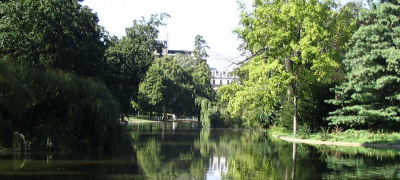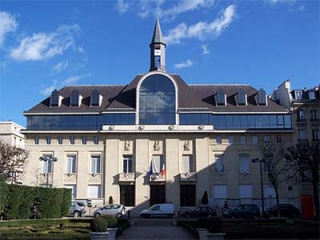Sotheby's International Realty
- 138 Avenue Victor Hugo
- 75116 PARIS, France
- +33 1 40 60 50 00
Sotheby's International Realty
- 50 rue d'Auteuil
- 75016 PARIS, France
- +33 1 56 26 56 55
Sotheby's International Realty
- 82 Avenue de Wagram
- 75017 PARIS, France
- +33 1 46 22 27 27
Sotheby's International Realty
- Place Sainte Foy - 2 Rue de Chézy
- 92200 NEUILLY, France
- +33 1 41 43 06 46
Sotheby's International Realty
- Place Sainte Foy - 2 rue de Chézy
- 92200 NEUILLY, France
- +33 1 41 25 00 00
Sotheby's International Realty
- 37-39 rue de Turenne
- 75003 PARIS, France
- +33 1 48 87 14 41

St Mandé

Saint-Mandé is a charming town located on the outskirts of Paris, in the Val-de-Marne department. Its history dates back to the Middle Ages, when it was initially a rural village before gradually becoming a holiday destination for Parisians over the centuries. This historical heritage is reflected in its diverse architecture, which elegantly blends 19th-century buildings, bourgeois houses, and modern apartments. Saint-Mandé is renowned for its pleasant and green living environment, notably thanks to its proximity to the Bois de Vincennes, a true green lung of the Parisian region. This proximity offers residents numerous opportunities for outdoor activities, walks, and sports. The town also stands out for its high-quality infrastructure, including well-rated schools, a variety of shops, and cultural facilities such as the conservatory and the media library.
The real estate market in Saint-Mandé is particularly attractive, with growing demand for its characterful apartments and houses. Properties are highly sought after for their charm and prime location, offering both the tranquility of a small town and quick access to the capital. Real estate prices reflect this attractiveness, often high but justified by the exceptional quality of life. The most desirable neighborhoods include those close to the town center and main shopping streets, as well as the areas near the Bois de Vincennes, where residences benefit from a peaceful and green environment. Saint-Mandé thus embodies a harmonious balance between urban and natural settings, tradition and modernity, making it a preferred destination for those who wish to enjoy the advantages of Paris while residing in a more serene and convivial setting.




